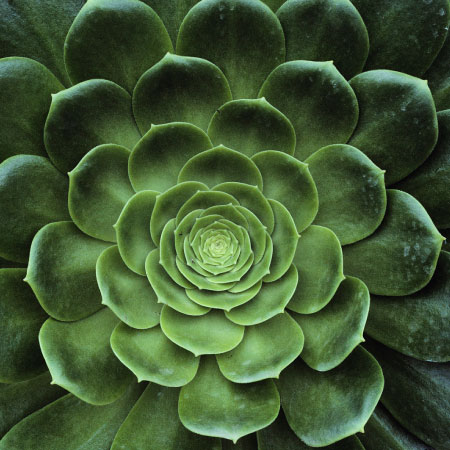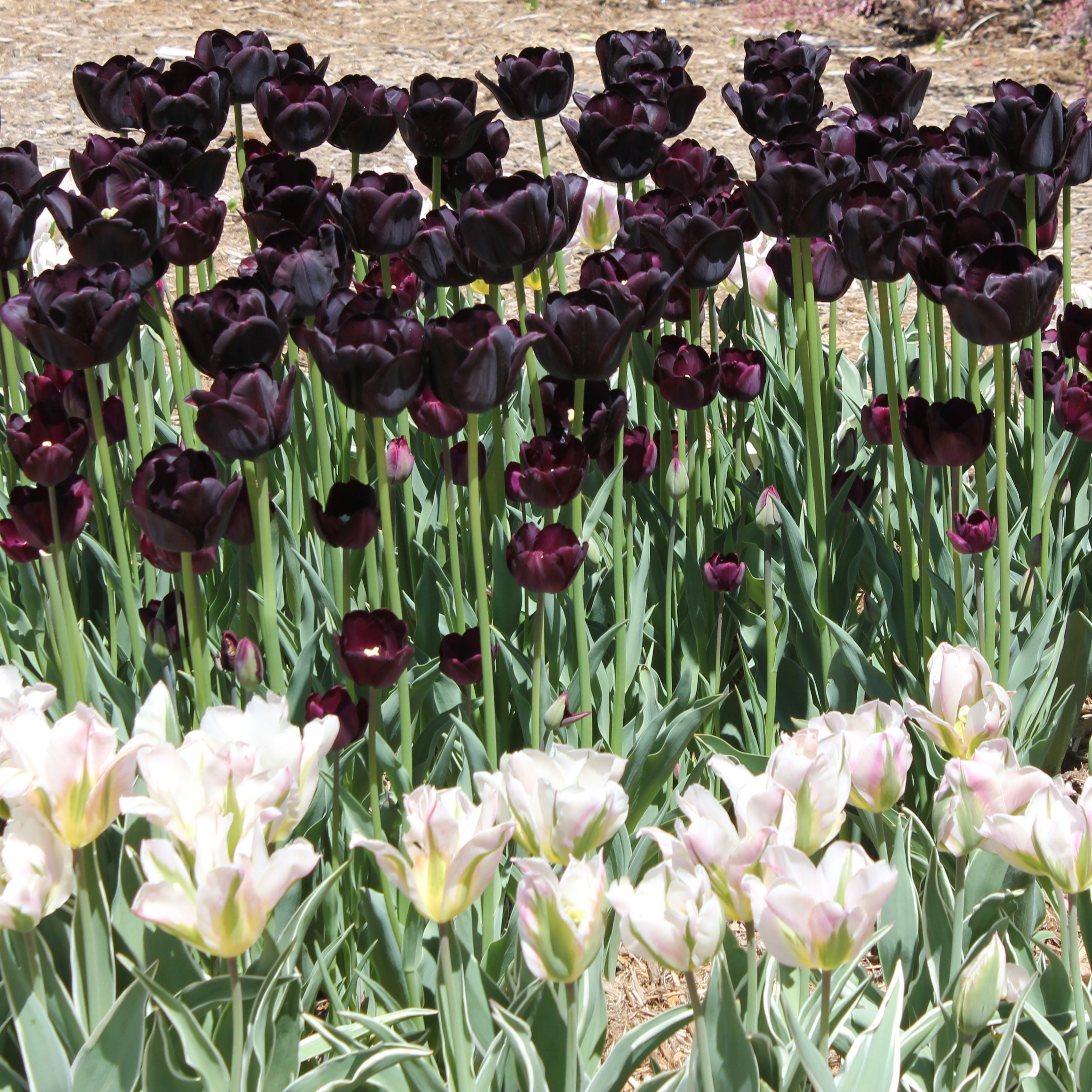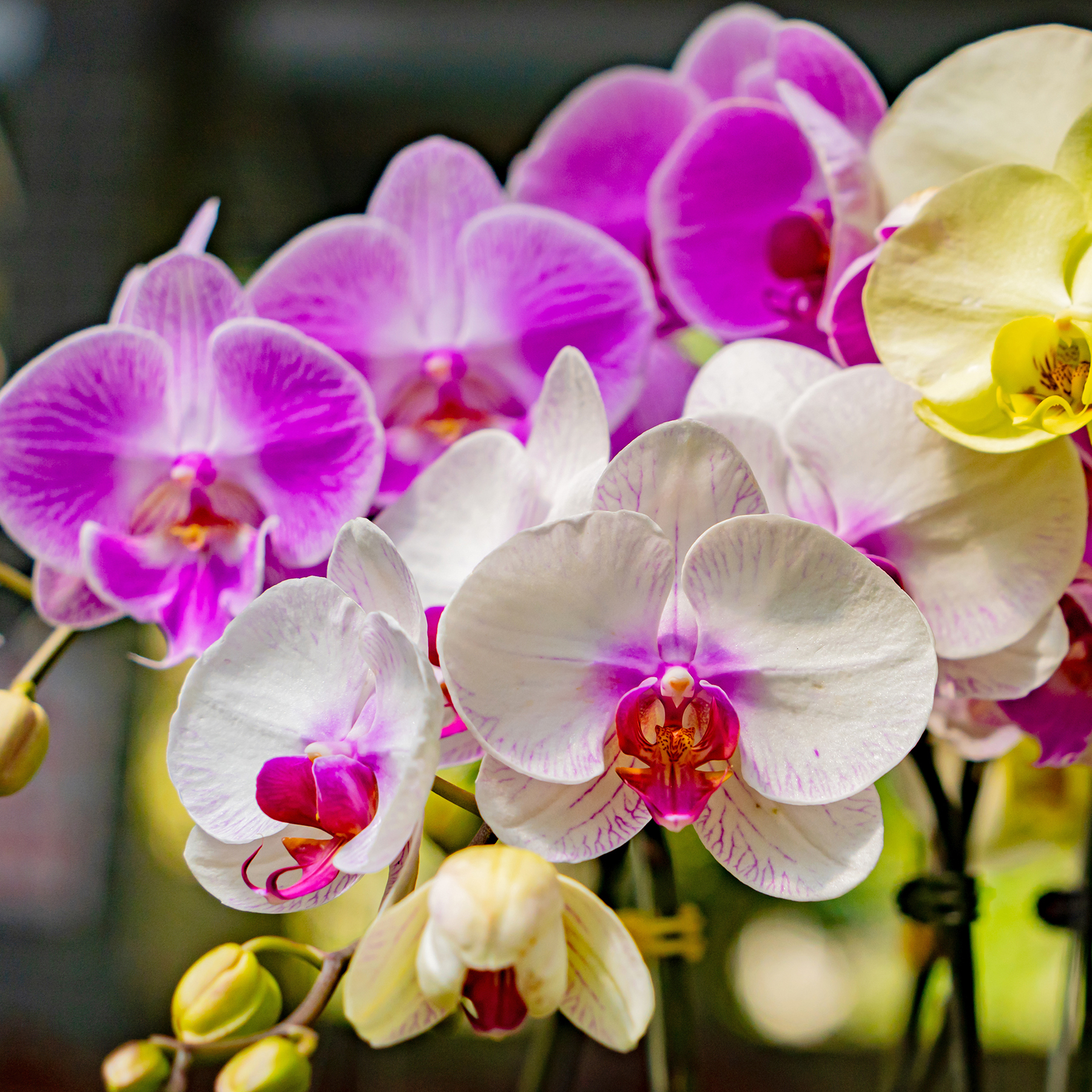What Are Emperor Francis Cherries: Growing An Emperor Francis Cherry Tree

What are Emperor Francis cherries? These juicy, super sweet cherries, which originated in the United Kingdom, are plump and delicious, perfect eaten fresh or for making homemade maraschinos or luscious jams and jellies. Read on for more information on growing Emperor Francis Cherries
About Emperor Francis Cherry Trees
Emperor Francis sweet cherry trees are suitable for growing in USDA plant hardiness zones 5 through 7. Plant at least two or three trees nearby for pollination, including one variety that flowers about the same time. Good choices include any sweet cherry except Bing, such as:
- Celeste
- Morello
- Stella
- Montmorency
- Stark Gold
- White Gold
Growing Emperor Francis Cherries
Plant Emperor Francis cherry trees in late fall or early spring. These cherry trees need at least six hours of sunlight per day, preferably more. The trees won’t bloom without adequate sunlight. Plant Emperor Francis cherry trees in a location where the soil drains well. Avoid areas that are prone to flooding or where the water doesn’t drain well after a rainfall.
Emperor Francis Cherry Care
Provide Emperor Francis sweet cherries with about 1 inch (2.5 cm.) of water per week when the trees are young, or a little more during hot, dry periods, but don’t overwater. As a general rule, you should water whenever the soil feels slightly dry. Surround the tree with 3 inches (8 cm.) of mulch to prevent moisture evaporation. Mulch will also keep weeds in check and prevent temperature fluctuations that can cause fruit to split. Fertilize Emperor Francis cherry trees every spring, about a month before flowering, until the trees begin to bear fruit. Use a light application of a low-nitrogen fertilizer. Once the trees begin to bear fruit, fertilize annually after the completion of harvest. Prune the cherry trees in late winter. Remove dead or damaged growth and branches that cross or rub other branches. Thin the middle of the tree to improve air circulation and prevent mold and mildew. Remove suckers from the base of the tree by pulling them straight up and out of the ground. Otherwise, like weeds, suckers rob the tree of moisture and nutrients.
Gardening tips, videos, info and more delivered right to your inbox!
Sign up for the Gardening Know How newsletter today and receive a free copy of our e-book "How to Grow Delicious Tomatoes".

A Credentialed Garden Writer, Mary H. Dyer was with Gardening Know How in the very beginning, publishing articles as early as 2007.
-
 Moody Blooms For Spring: 8 Types Of Black Flowers To Add Drama To Spring Displays
Moody Blooms For Spring: 8 Types Of Black Flowers To Add Drama To Spring DisplaysFrom midnight burgundies to inky violets, several types of black flowers can enrich and embolden a spring display. Try these brooding bloomers for a moody garden
By Tonya Barnett
-
 My Homemade Orchid Fertilizer Always Brings More Blooms – Here's The Easy Recipe That Transforms Plants
My Homemade Orchid Fertilizer Always Brings More Blooms – Here's The Easy Recipe That Transforms PlantsScientist-turned-gardener Mary Ellen Ellis shares her tried-and-tested DIY orchid fertilizer recipe, plus more ingredients to try for healthy, happy plants.
By Mary Ellen Ellis